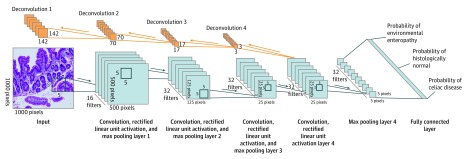Figure 1. Illustration of Proposed Convolutional Neural Network Classification and Visualization Framework.
The convolutional neural network consists of 4 convolution layers and 1 fully connected layer. Each convolution layer consists of 3 sublayers: (1) a convolution layer, (2) a rectified linear unit activation layer, and (3) a max pooling layer. Deconvolution layers increase image resolution and find locations with high activations. The input image represents a hematoxylin-eosin–stained duodenal biopsy image (original magnification ×100).

